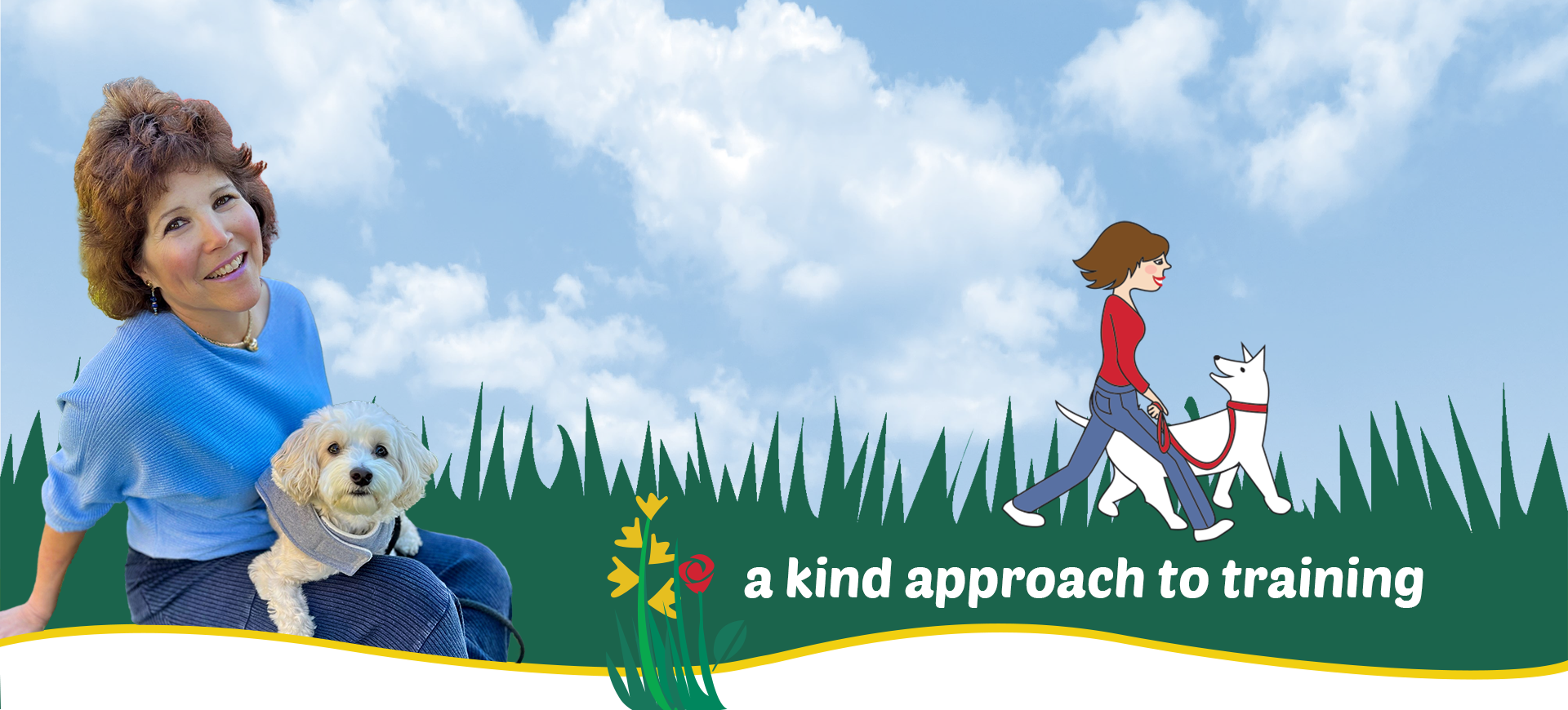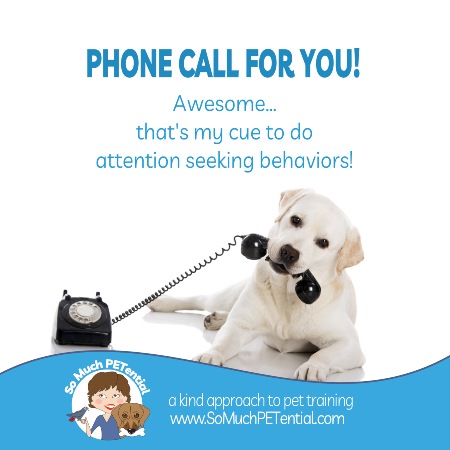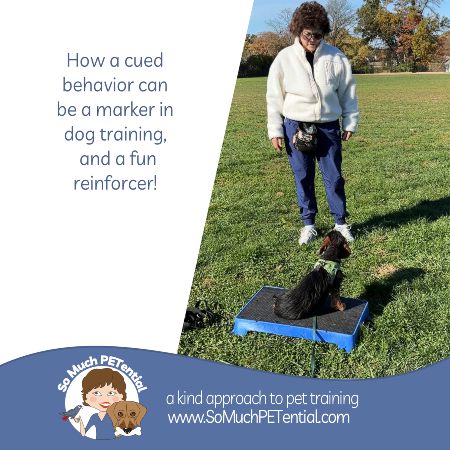What I love about clicker training is that it is all about empowering animals to make brilliant decisions (at least by our standards) by teaching them exactly what behavior will earn them a valued reinforcer. Initially the animal learns to associate positive outcomes by associating treats,  tug time, or whatever other behavior strengthener you use with the sound of the clicker (classical conditioning), and then the animal learns to intentionally repeat a behavior in order to get that positive outcome (operant conditioning).
tug time, or whatever other behavior strengthener you use with the sound of the clicker (classical conditioning), and then the animal learns to intentionally repeat a behavior in order to get that positive outcome (operant conditioning).
Why is that important?
Operant conditioning creates purposeful, lasting behavior. It builds confidence in the animal who has total control over his decision as to what behavior to do (we just make the RIGHT decision easy to make by making the behavior’s consequence valuable), and it fosters a love of learning.
Benefits to using the clicker are many: it accurately marks the correct behavior; it allows for distance and flexibility in delivering the reward (it isn’t easy to hand your dog a treat the very instant it does something but it is easy to click to mark the behavior – and then have a delay in getting the treat); it can divert your dog (or other pet) from focusing on the food so as to focus on the behavior instead.
So how do you use the clicker?
Well, first, you need to build that association between the clicker and good things (we’ll use treats as our example). In a quiet area, press the clicker and immediately offer a treat. Repeat about ten times and test its fluency by clicking when your dog isn’t paying attention. If he suddenly looks at you, you know you are ready to begin. Note that because of the accuracy for which it marks behavior, your timing is critical. If you are even three seconds off, you could be unintentionally marking (and teaching) the wrong behavior. It’s always a good idea to practice beforehand.
Now, when you want to train a behavior follow three simple steps – get the behavior, mark the behavior, reinforce the behavior. You can use the clicker when shaping behaviors (please click here for my post on shaping) by marking each small step the animal makes toward the final behavior. You can use the clicker to capture behaviors by seeing your dog do something naturally, then clicking and offering the treat.
Teaching AND learning can be so much fun. It’s up to you.






